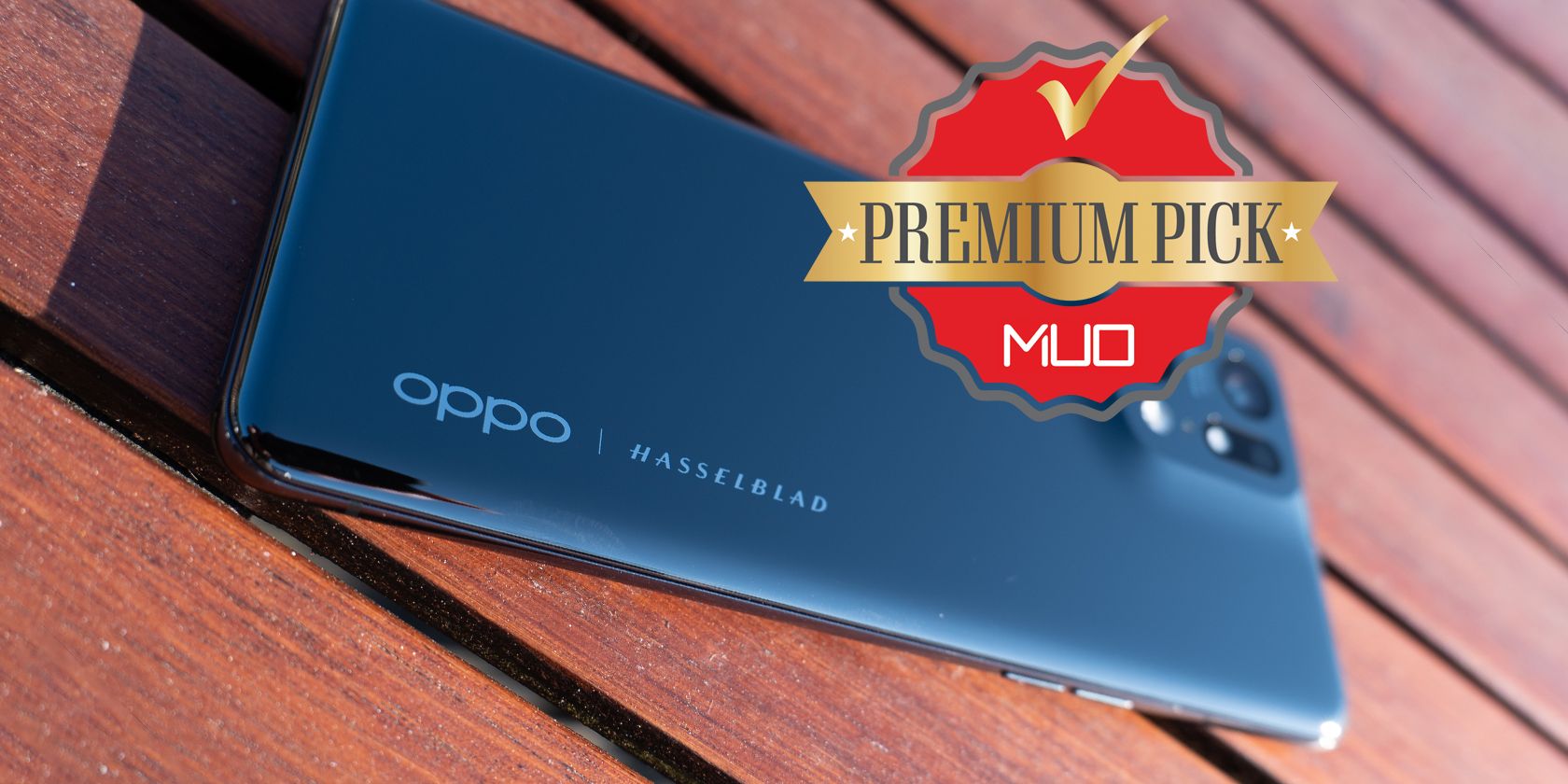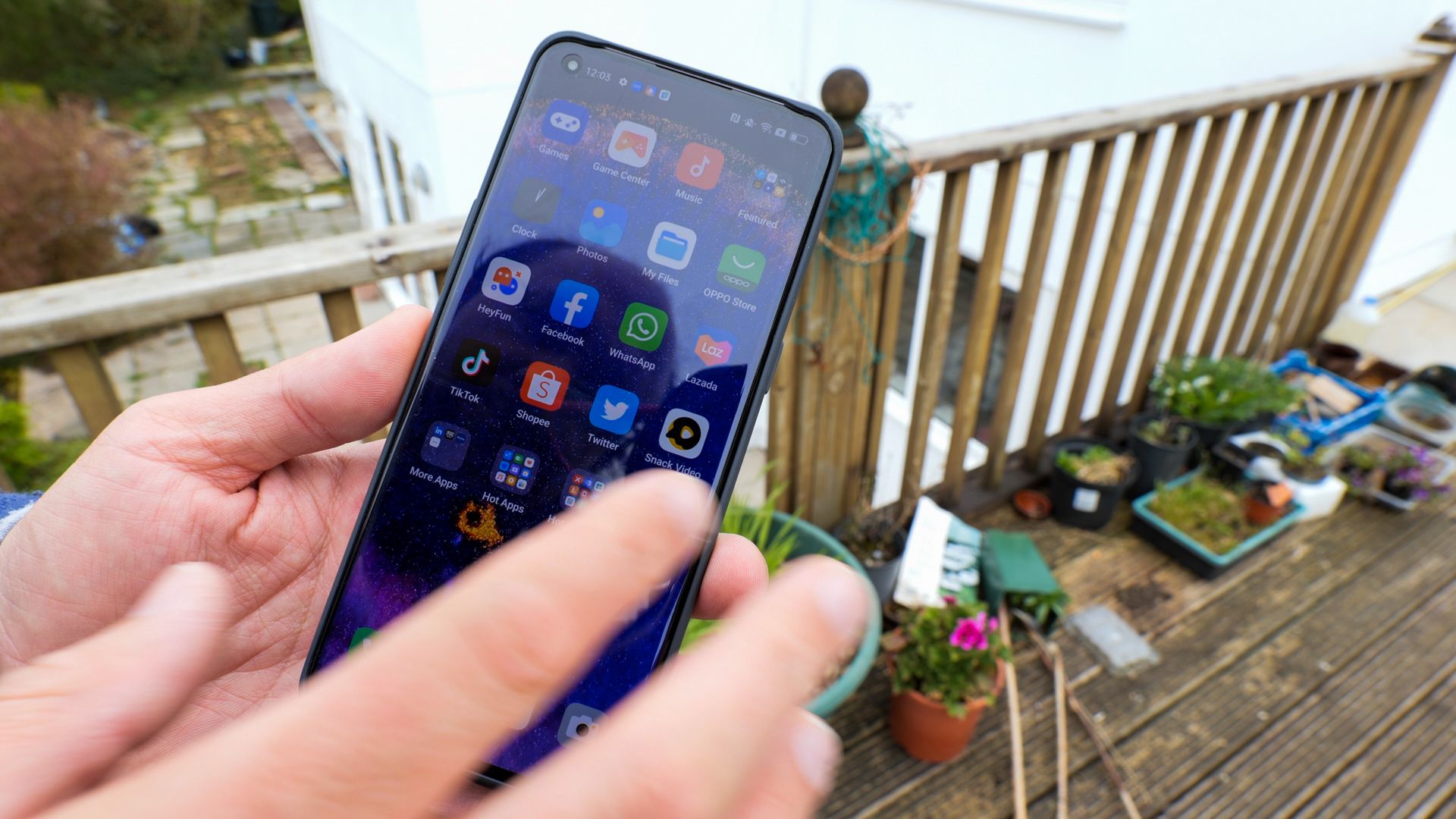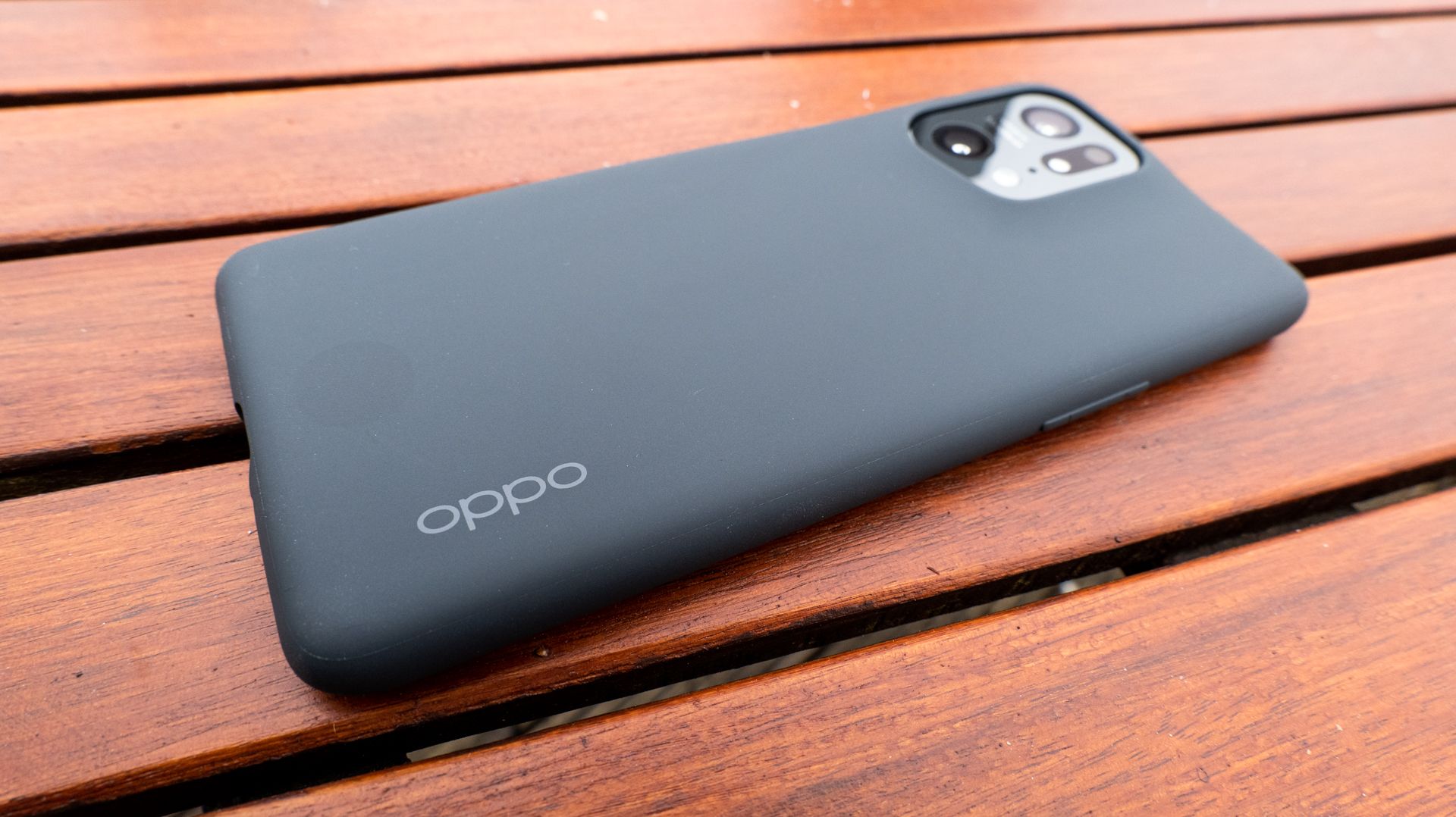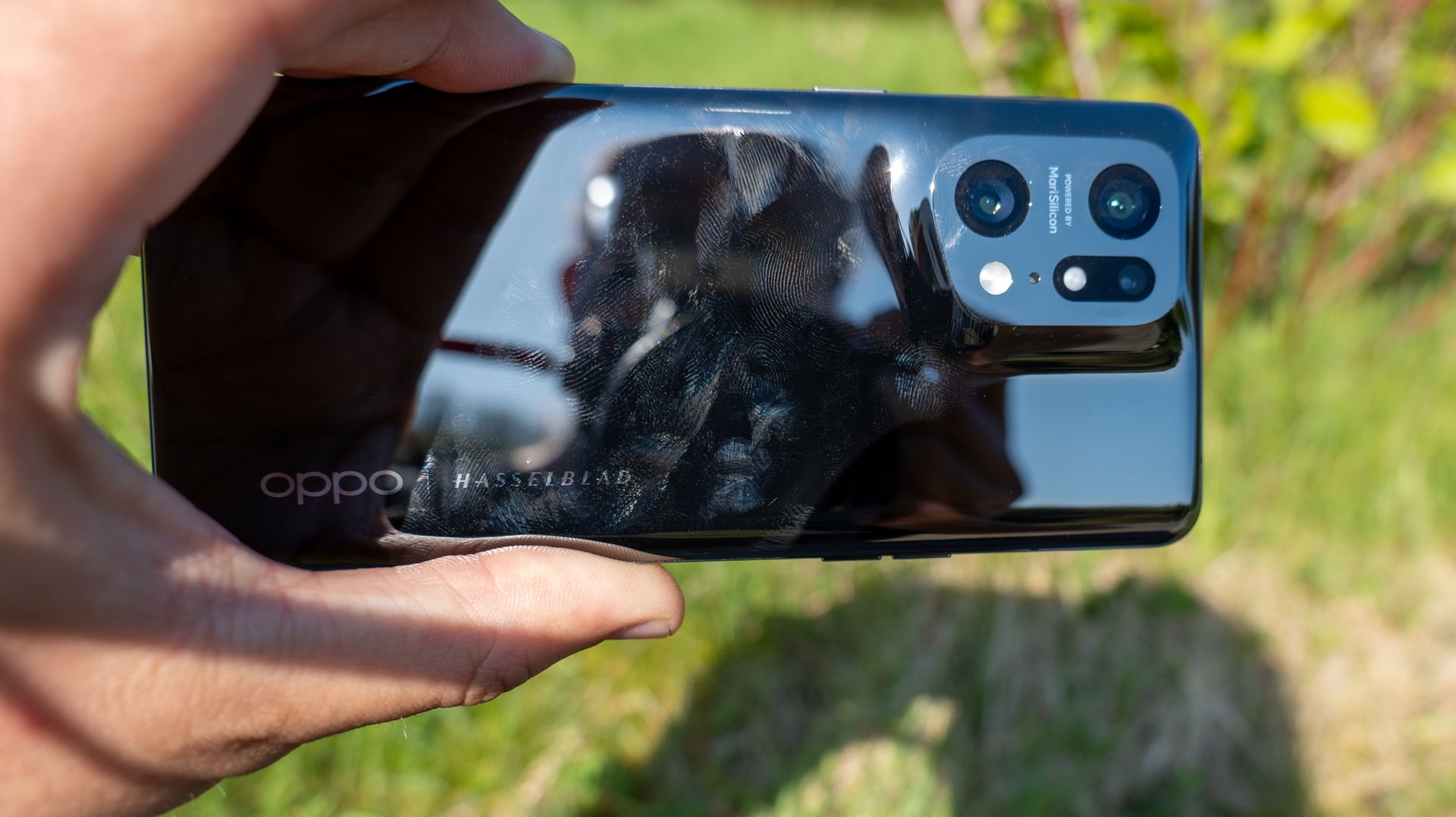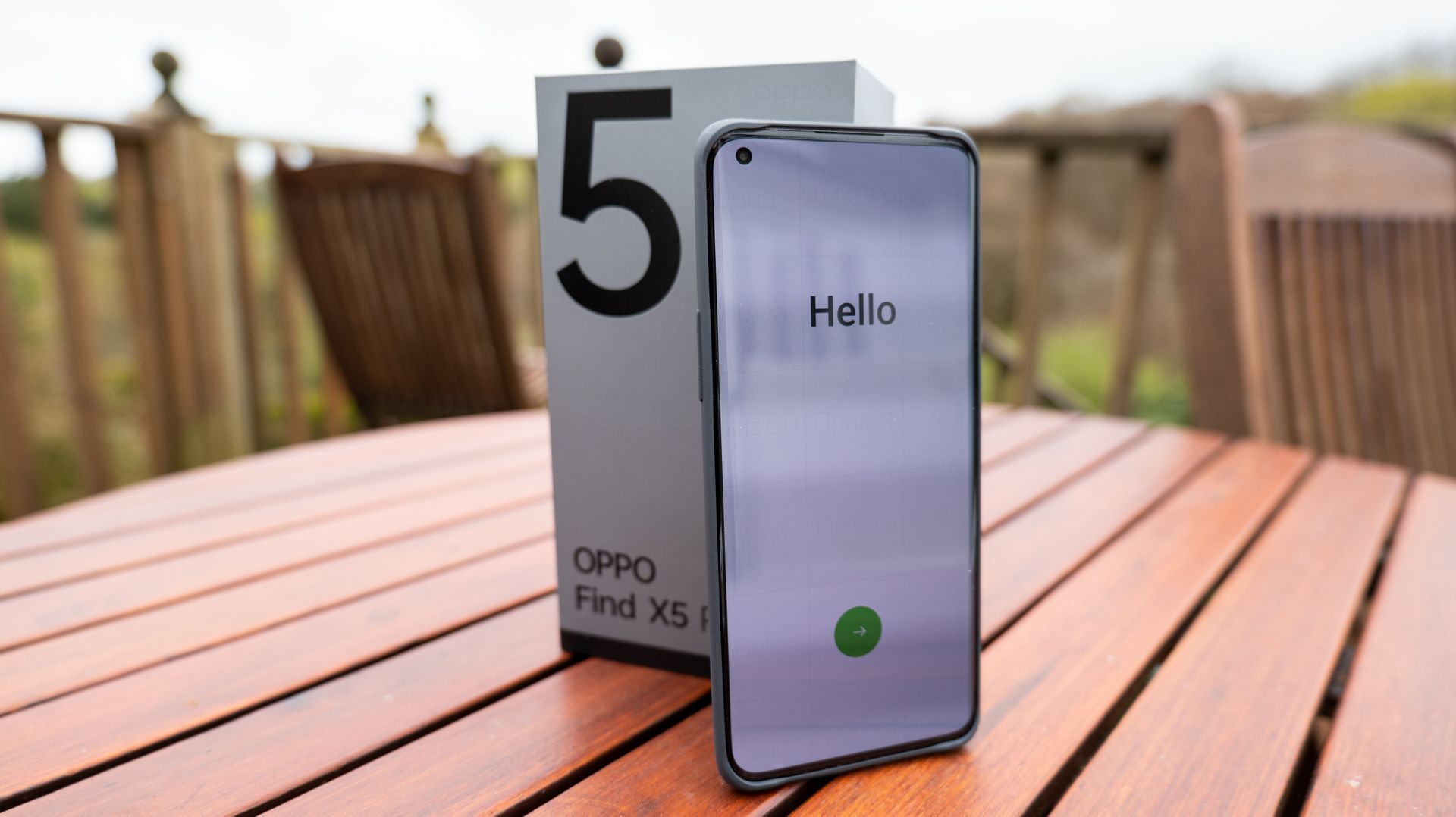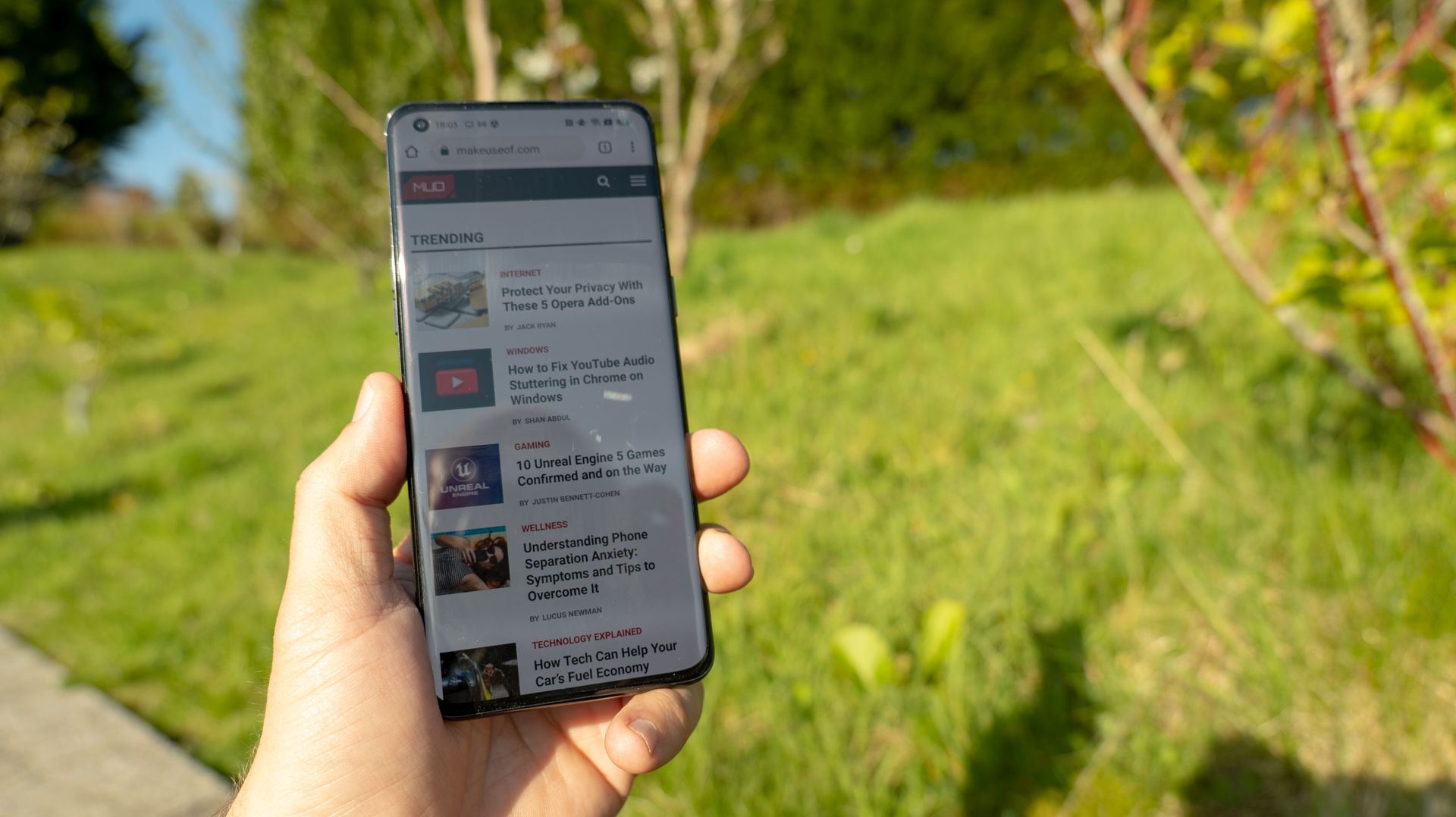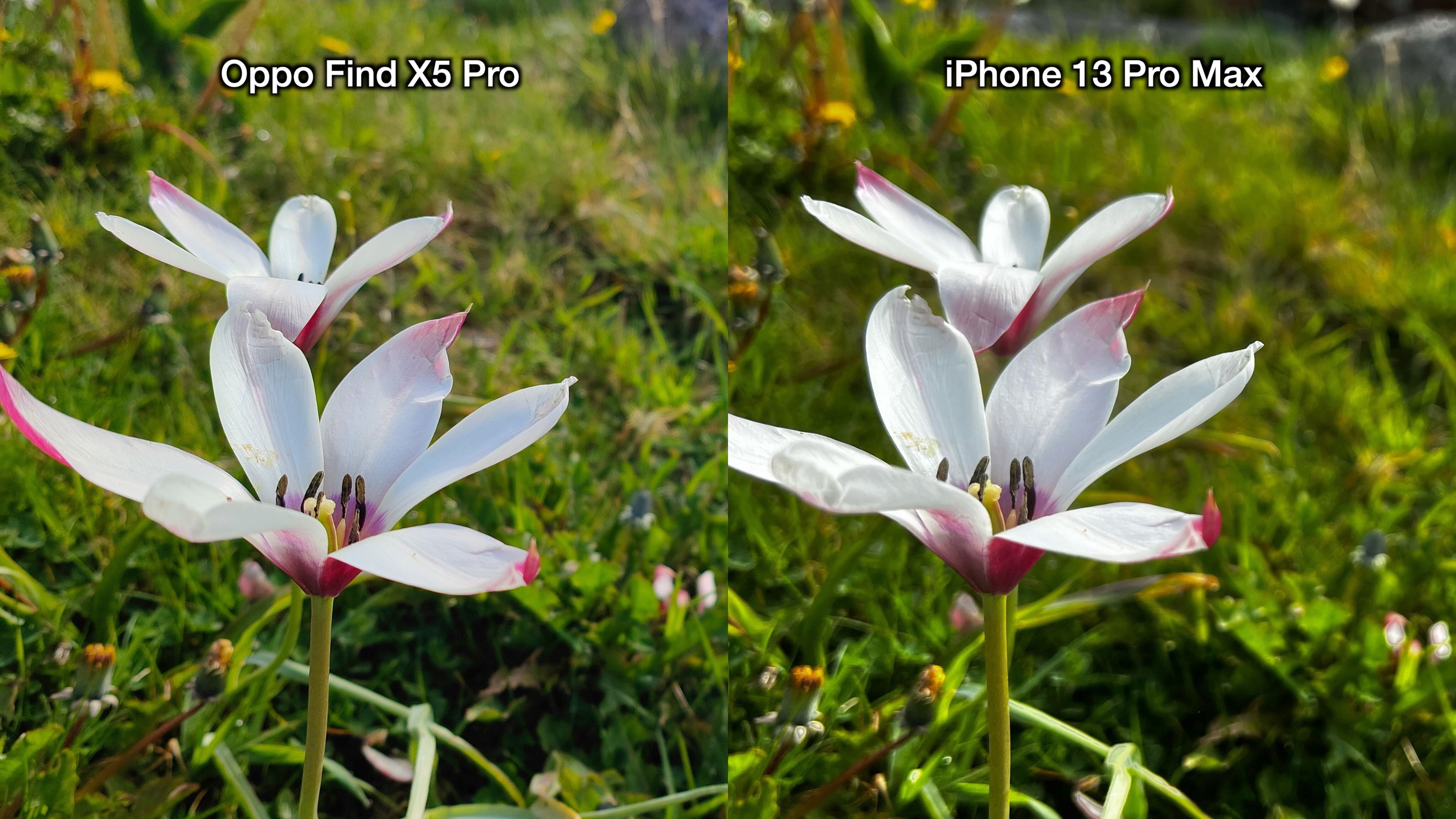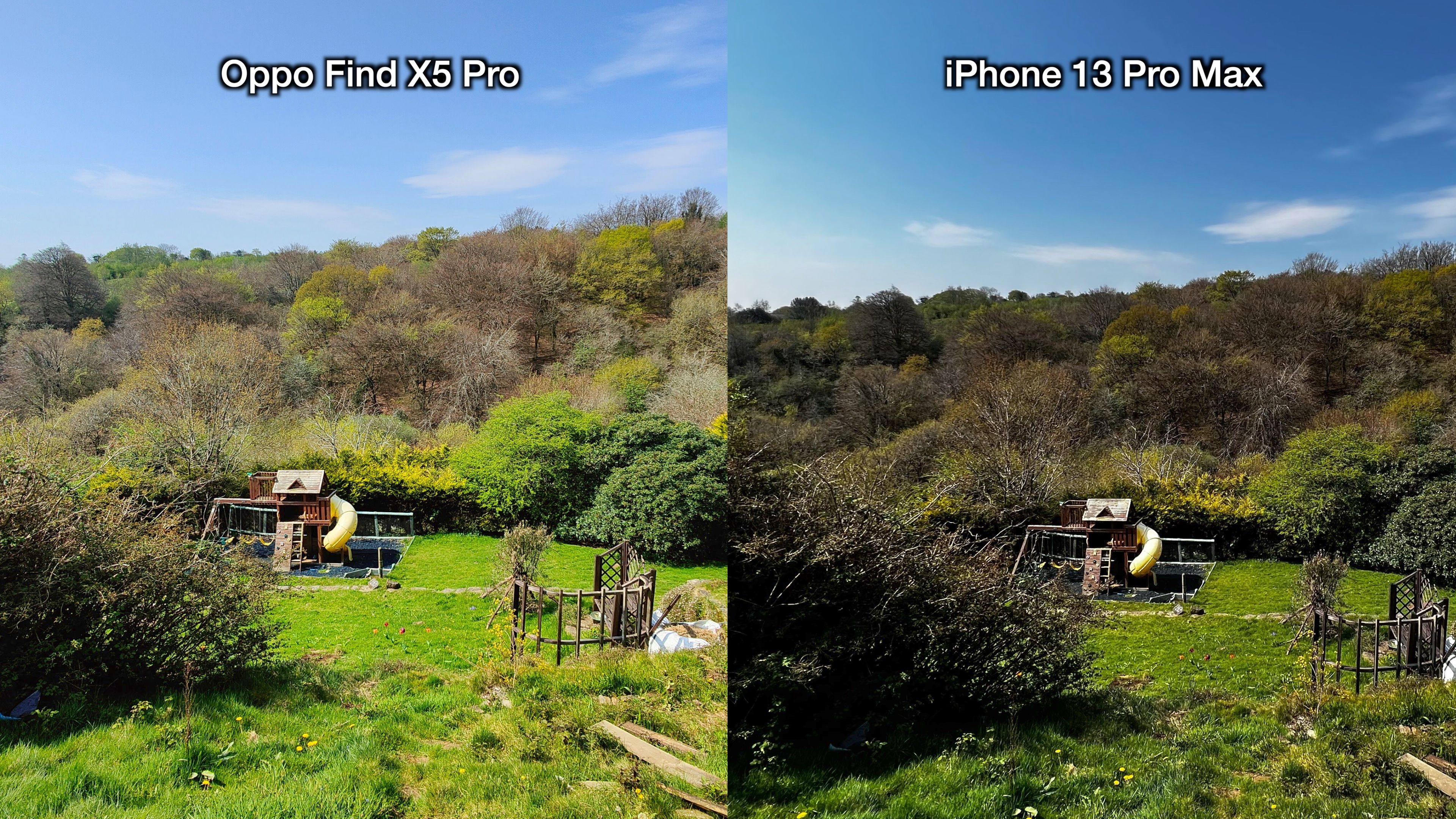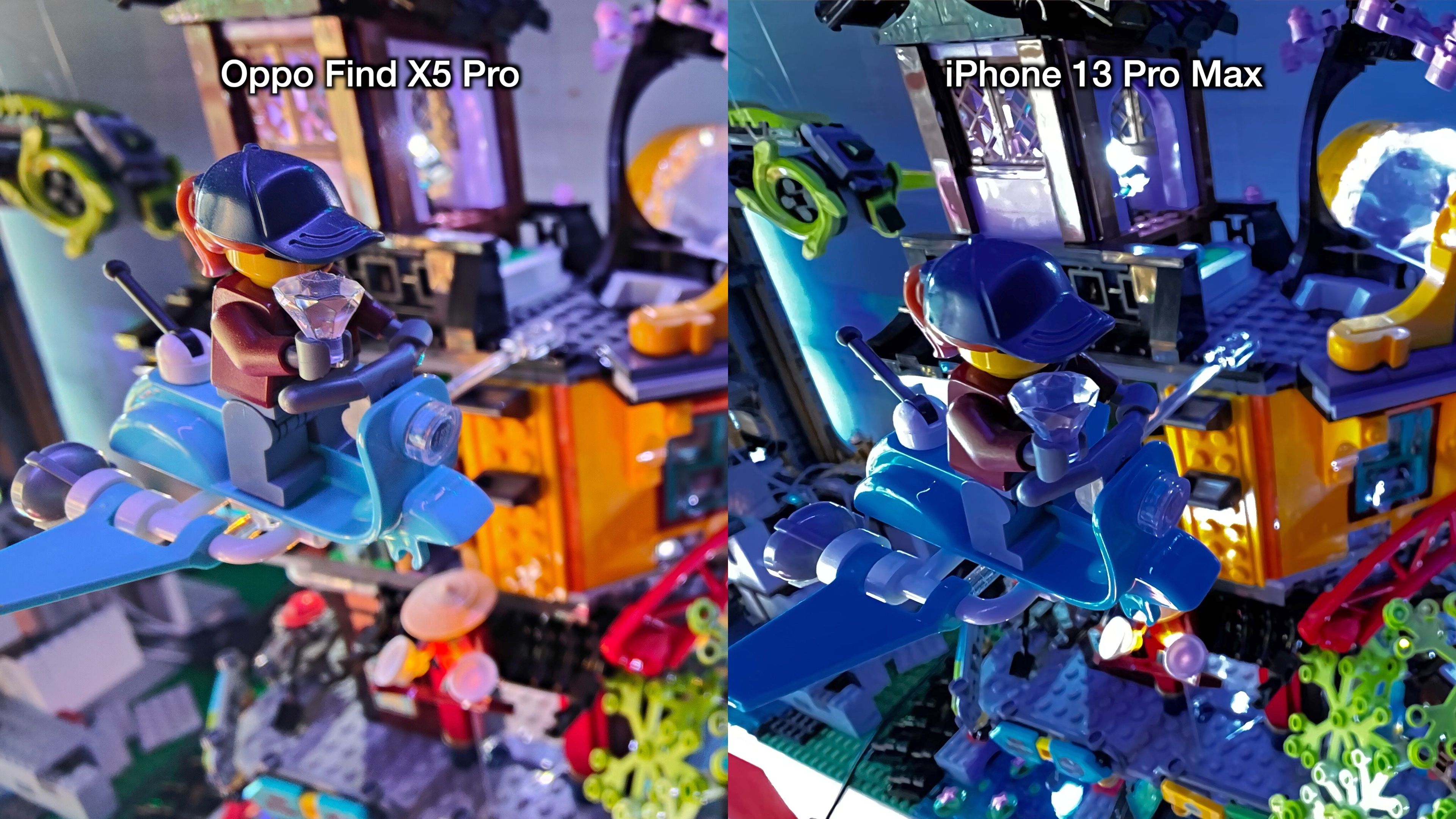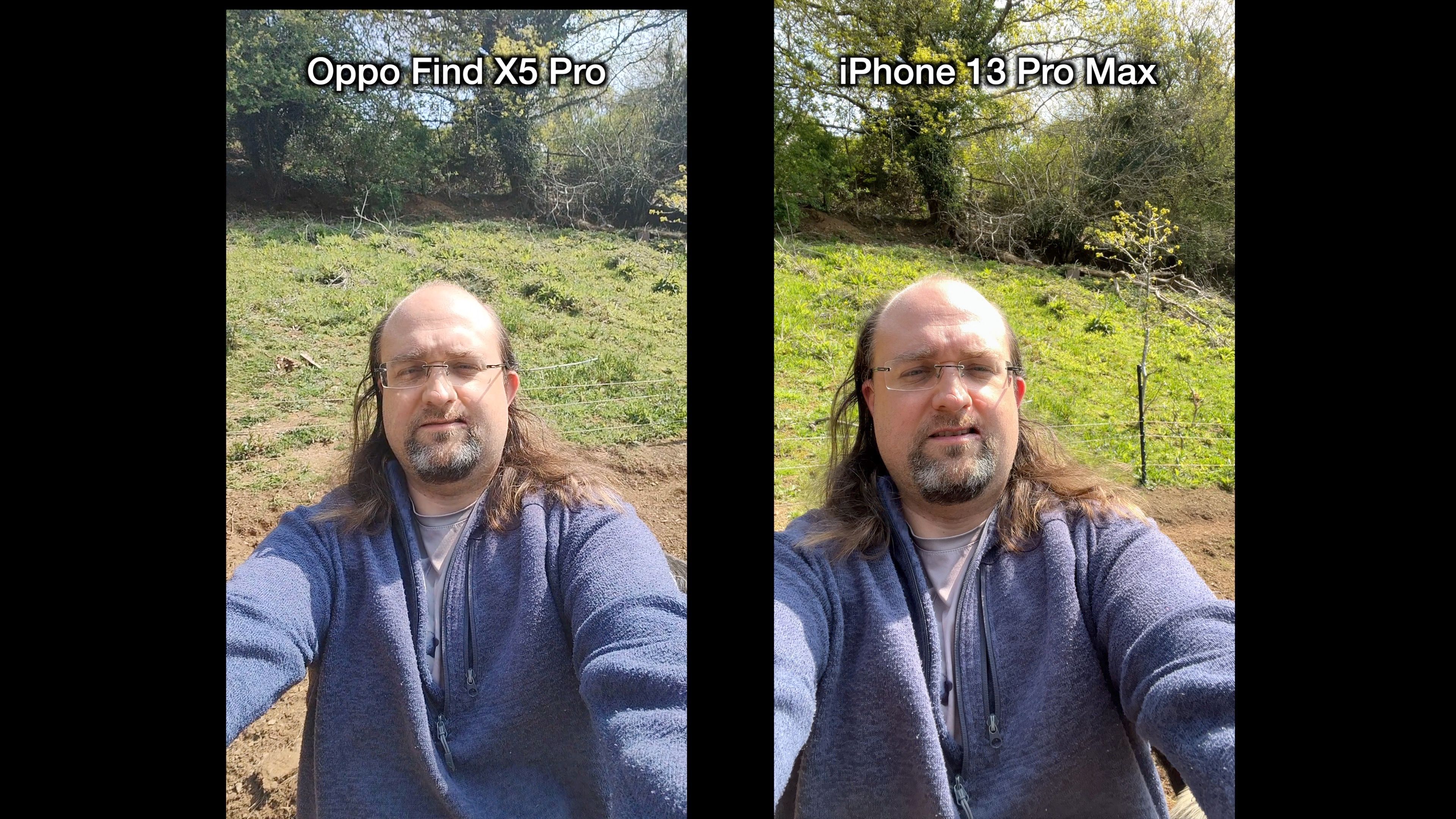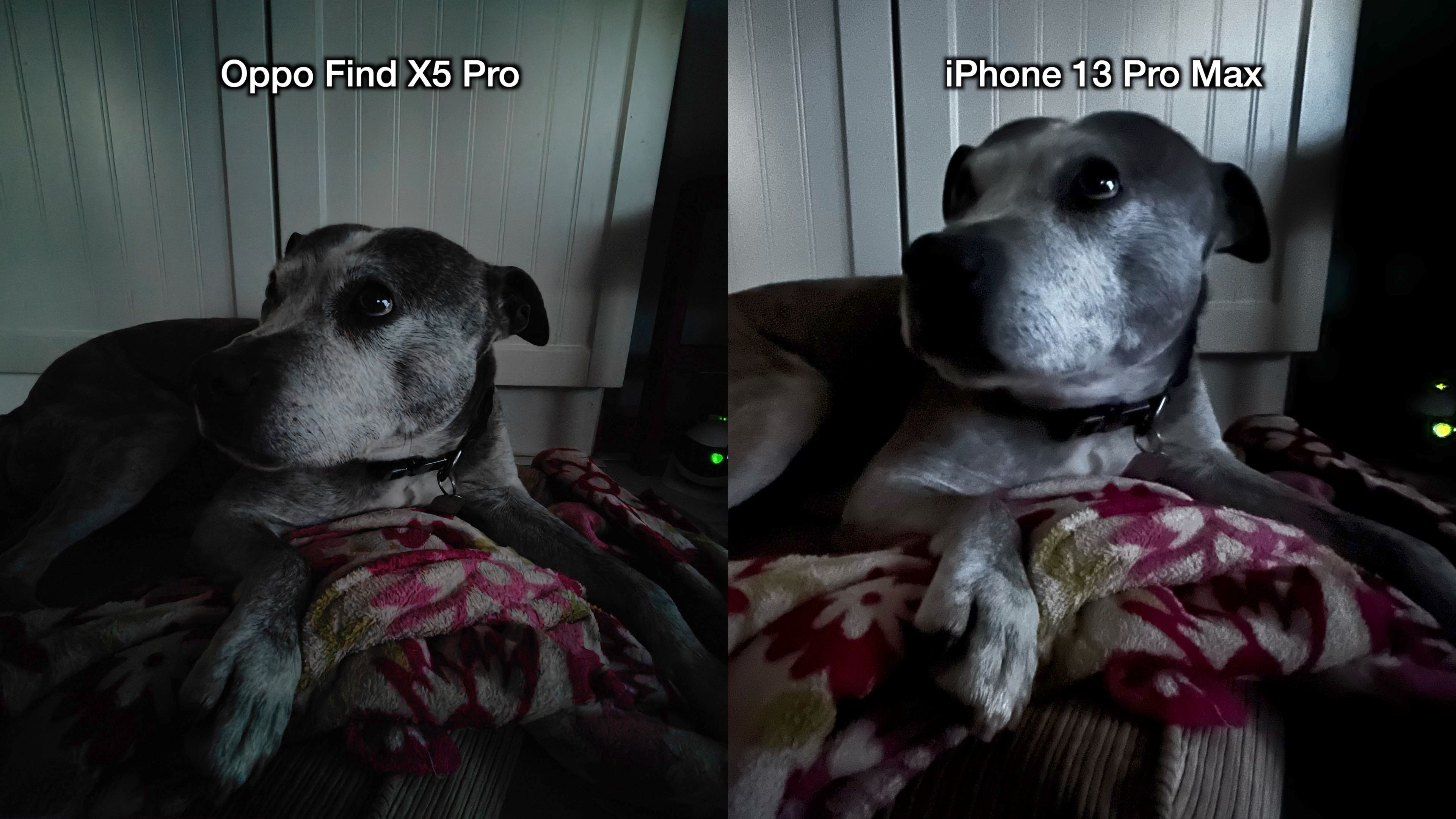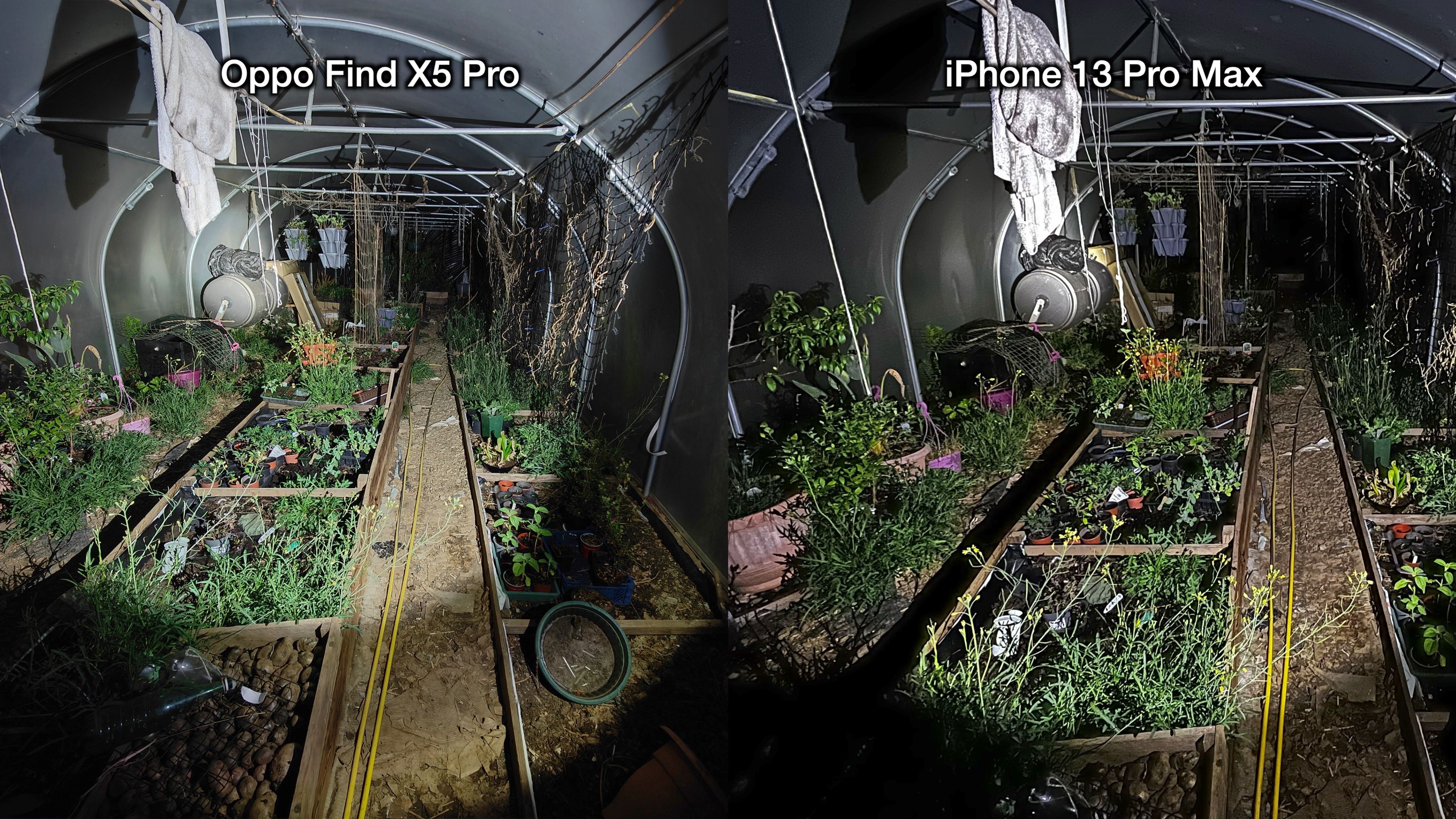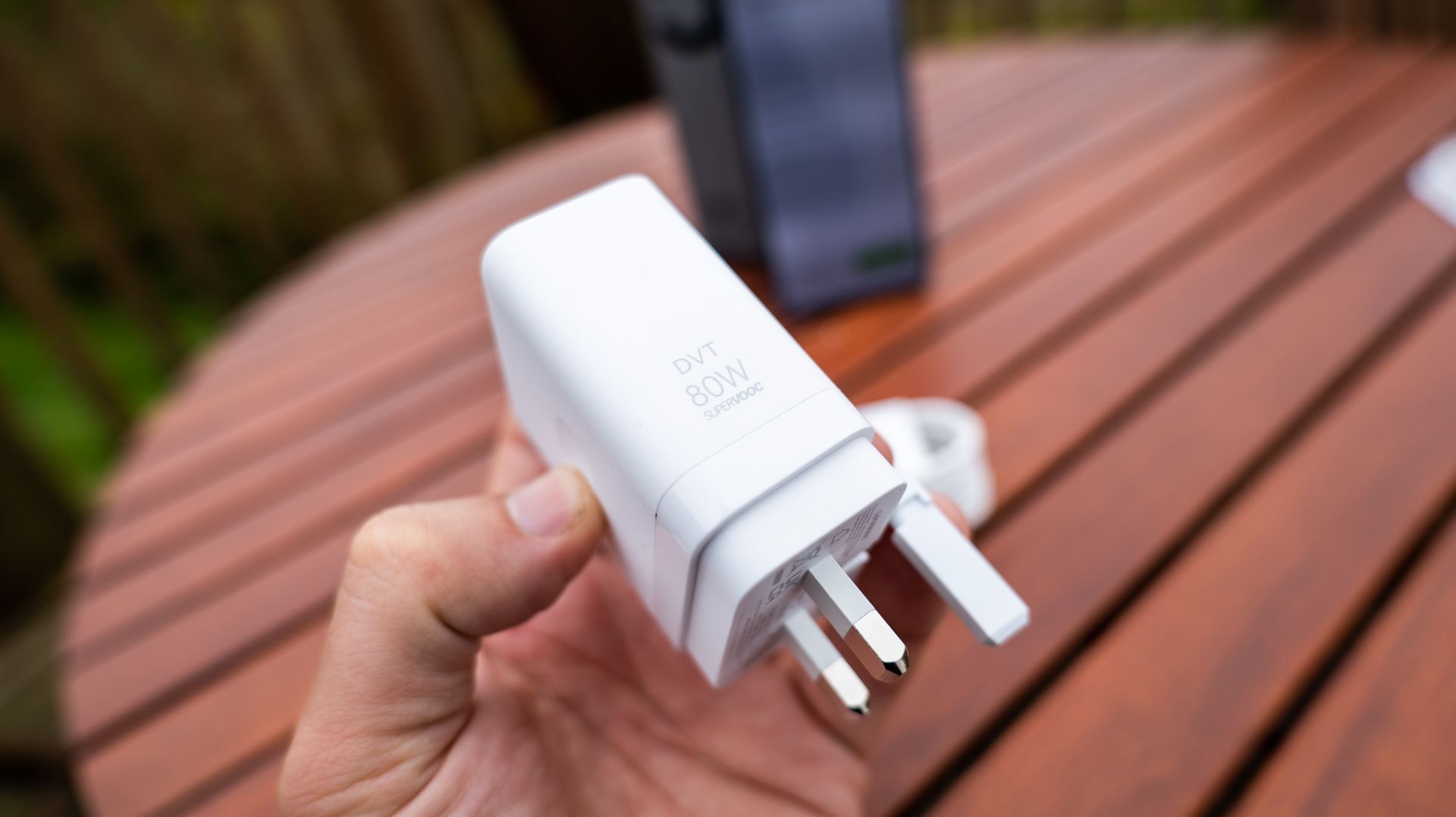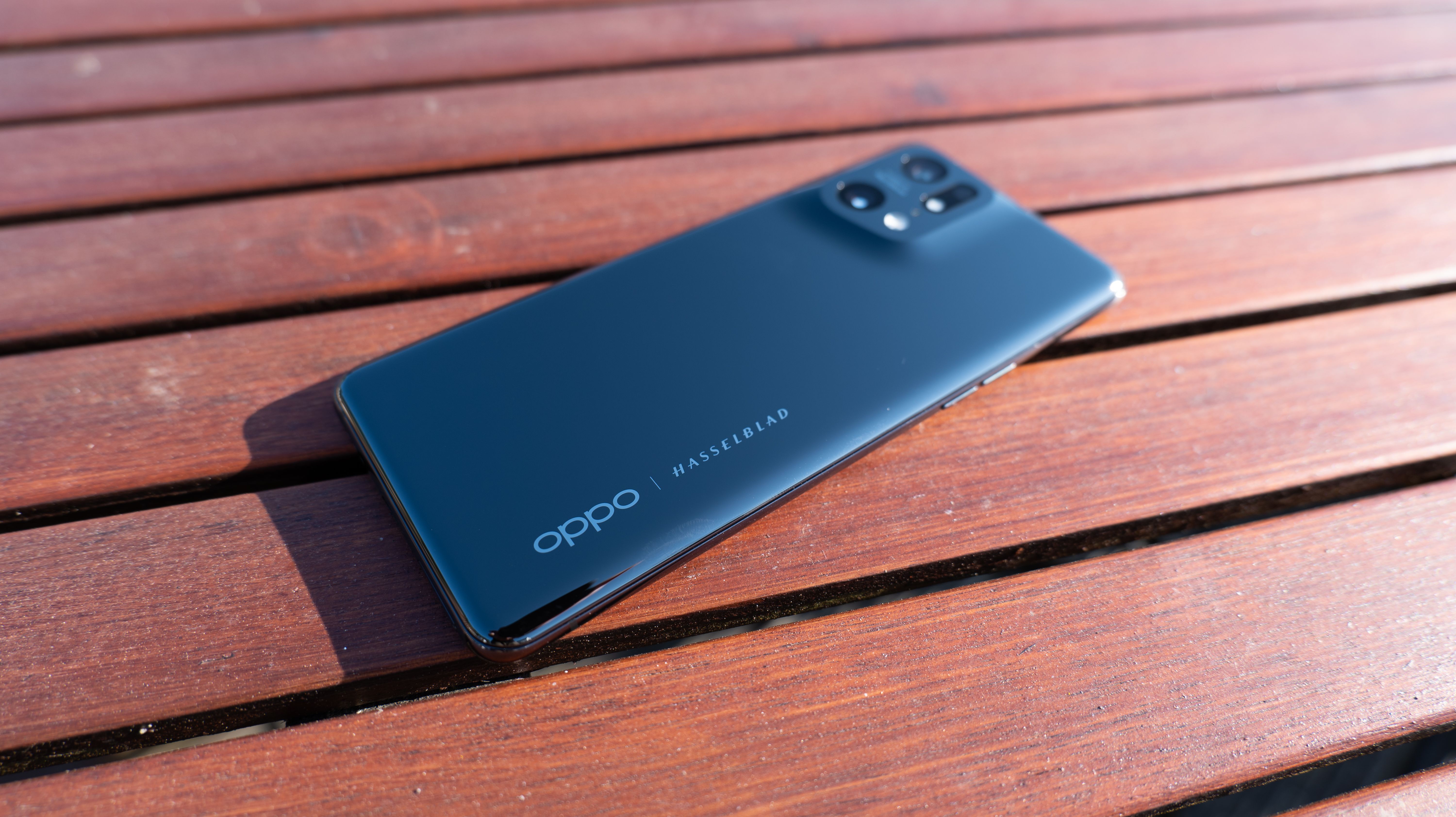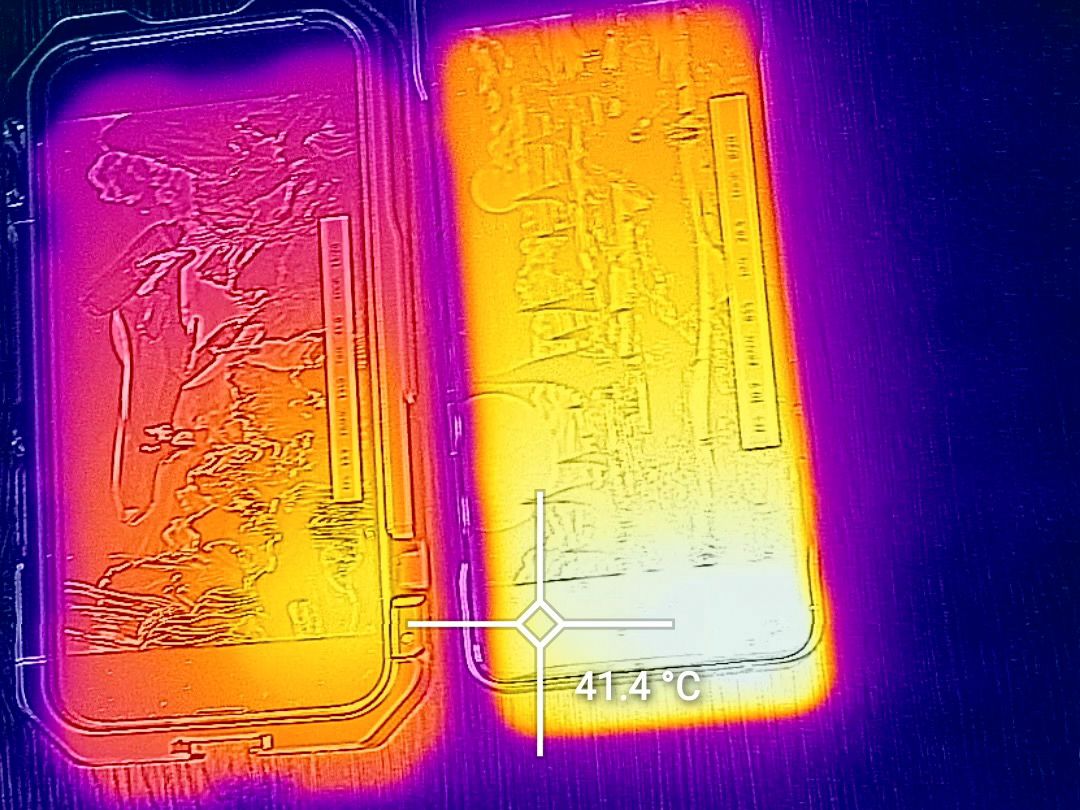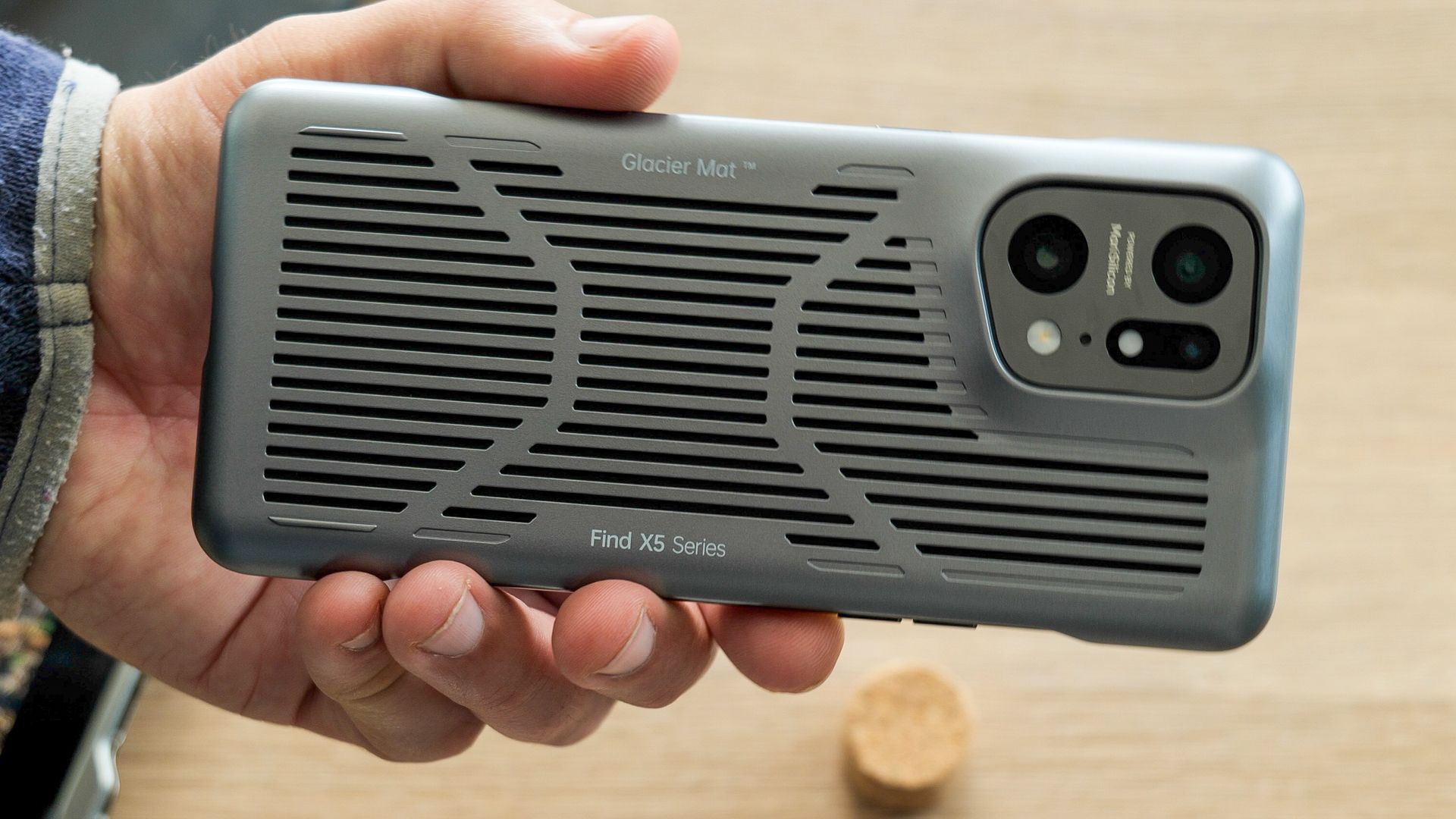Oppo Find X5 Pro
Preinstalled bloatware issues aside, the Find X5 Pro has one of, if not—the—best rear camera systems I've seen on a phone yet, especially in low-light situations. You can get some simply stunning images and videos from this, period.
But if selfies are your primary thing, the front camera doesn't quite cut it. With a premium build quality and ludicrously fast charging, the 120Hz AMOLED screen also makes using the phone a joy. Regardless of whether you'll be gaming on it or not, you'll love the smoothness of the UI.
The only real consideration is whether you can afford to drop $1000 on a new phone at a time when the price of everything is rising, but the claimed longevity of the battery and high performance helps to justify the long-term value. If the answer is yes, and you want the best images you’ve ever seen from a smartphone, then I would highly recommend the Find X5 Pro.
- Brand: Oppo
- SoC: SnapDragon 8 Gen 1
- Display: 6.7" LPTO2 AMOLED
- RAM: 8 / 12 GB (12 as tested)
- Storage: 256 / 512 GB
- Battery: 5000mAh
- Ports: USB-C
- Operating System: Color OS (Android 12)
- Front camera: 32MP, f/2.4 21mm
- Rear cameras: 50 MP f/1.7 25mm (wide); 13 MP f/2.4 52mm (telephoto), with 2x optical zoom; 50 MP f/2.2 15mm (ultrawide 110˚)
- Colors: Black, White
- Charging: 80W (40 minutes to full)
- Incredibly fast charging, with a suitable charger included in the box
- Superb rear photography, especially in low-light
- Shoots 4K60 video
- Super smooth UI thanks to 120Hz dynamic refresh rate screen
- Flagship performance
- Longer battery lifespan (claimed 1600 charge cycles vs 500 average)
- Front camera is limited to 1080p30
- Deceptive third-party app store sign-up during setup, and plenty of pre-installed bloatware
The Oppo Find X5 Pro is a flagship Android device with the performance—and price tag—to match. It features not only an incredibly fluid 120Hz display, but also incredible photography, especially in low-light environments.
Design and Specs
The Oppo Find X5 Pro features an almost edge-to-edge 6.7" LPTO2 AMOLED display, running at 1440 x 3216 px (525 pixels per inch), with a maximum refresh rate of 120Hz max. The screen refresh is dynamic, meaning it can immediately ramp down to 1Hz if you not actually interacting with anything in order to save power. With up to 500 nits of brightness in typical use, it can also jump into a high brightness mode of 800 nits when needed.
From a design perspective, it features smooth rounded sides all around, a pinhole cut out for the front camera, and an in-display fingerprint reader. On the rear, the cameras are raised up, but with a lovely delicate curved bump. Available in Glaze Black (as reviewed) or Ceramic White, the rear body is polished to a shiny onyx-like finish, mirroring everything. It also loves fingerprints.
The package includes a basic silicone case though, which you'll almost certainly want to use to keep this in pristine condition.
Internally, the Oppo Find X5 Pro is one of the first flagships to feature the newest Qualcomm Snapdragon 8 Gen 1 with Adreno 730 GPU. The model we tested also features 12 GB RAM, though an 8GB model is also available, along with 256GB or 512GB storage. All of this comes in a sleek 218g (7.7oz) package.
The 21:9 widescreen display is helped immensely by the lack of a notch, instead opting for a small pinhole cutout in the top left. This makes the full-screen real estate available for use if you want it, with the small cut out being invisible for the most part on the periphery of your vision. It's great that we've collectively agreed to move on from the notch, but it's worth noting only Android devices can do this because they lack a LiDAR depth scanner on the front, instead opting purely for facial recognition through a traditional camera. For that reason, facial recognition on any Android device can be easily fooled and you shouldn't rely on it if you're serious about the security of your device. Using a long PIN is the only way to actually secure your phone.
The Find X5 Pro exudes a premium build quality and style with nearly everything that it does. This premium feel even extends to the haptics. While most phones have a small click sound when you type, and some even vibrate, they only ever do a poor job of emulating the feel of a keyboard key clicking. The Oppo Find X5 features a clearly defined click, that somehow genuinely feels like you're tapping a physical key. It's such a minor and geeky thing to get excited about, but it's glorious.
Setup (and Bloatware)
One slightly disconcerting aspect of the initial setup was that after signing in to my Google account, I was asked to sign in again. This clearly wasn't an official Google sign-in process but gave no indication as to what exactly it was that I was signing in to. It was only after reading the terms and conditions that I found this was actually for a third-party app store that I'd never heard of. Nowhere was that indicated, and to this reviewer, it felt like a dirty trick to get users signed up for something they more than likely don't want.

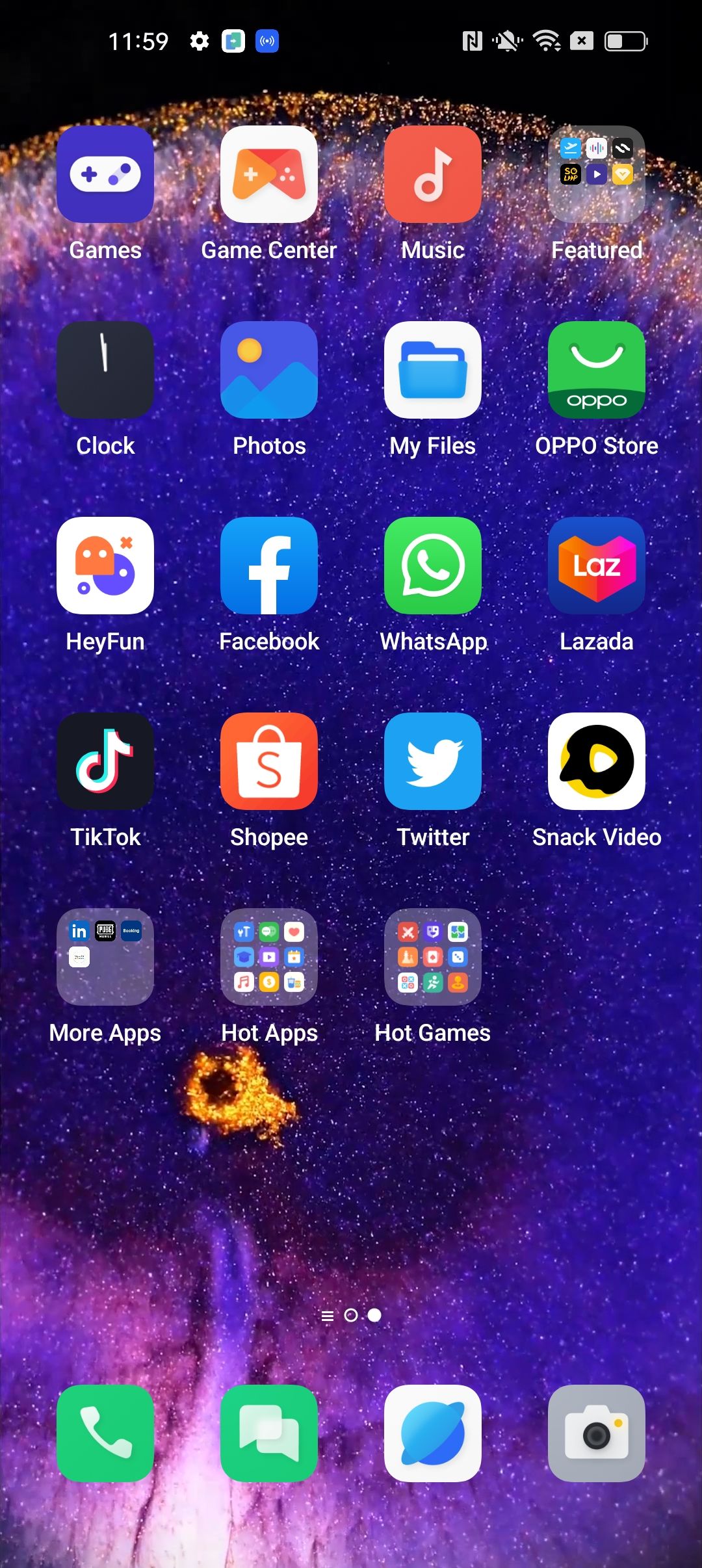
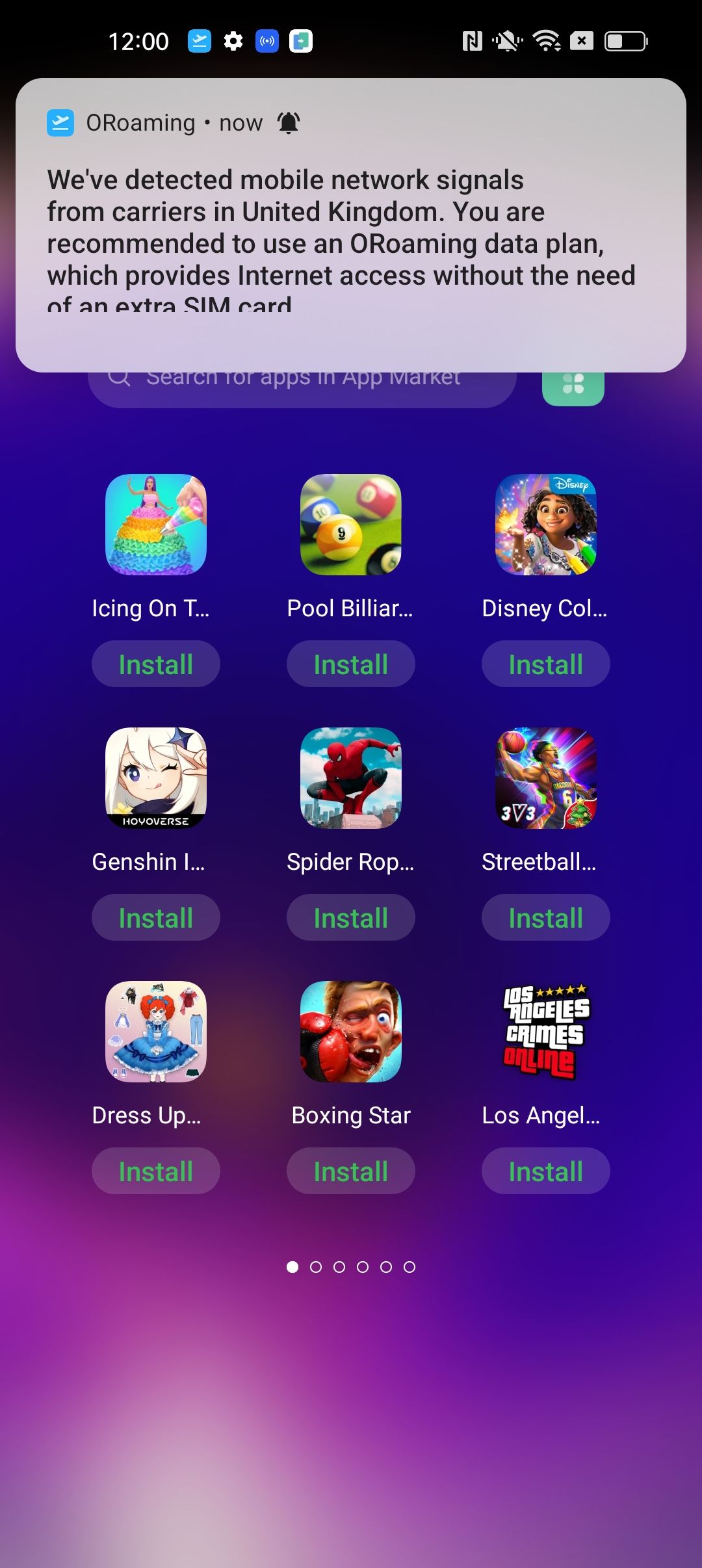
Even after opting out of that, the phone still started up with no less than 24 unwanted apps pre-installed, plus folders full of shortcuts to install more. On a $150 device, I can forgive some degree of bloatware—they need to make money somehow, and it's certainly not on the hardware—but on a device that retails for over $1000?
Thankfully, most of the apps can be uninstalled easily enough and replaced with the official Google Play versions, if desired.
80W VOOC Charging
Capable of charging up to 80W using a proprietary technology that Oppo called VOOC Warp Charging, a suitable charger is actually included in the box. This can take you from zero to 50% in as little as fifteen minutes.
Alternatively, you can also use wireless charging, with AirVOOC also supported for up to 50W speeds; however, the charging pad for that is not included.
Oppo claims their new battery tech should result in 1600 charge cycles before the 5000mAh battery is degraded to 80% capacity. This is in contrast to the industry average of 500 to 800 cycles, so the overall lifespan of the device should be excellent. We can't verify that claim of course, but if true, it's a welcome innovation that will help keep the Find X5 Pro out of the e-waste mountains in the years to come.
Android 12 / Color OS
The Find X5 Pro like all Oppo devices runs a slightly customized version of Android called Color OS; in this case, based on the core of Android 12. It should immediately feel familiar for anyone coming from either iOS or Android, with nothing too divergent from the key Android interface. Color OS seems to allow an immense amount of customisation as well as introduce some neat gestures not present in the core Android, but its nothing groundbreaking. Instead I'd point you to the best 12 features of Color OS.
Shortly before publishing, we were informed that a beta version of the Android 13 version of Color OS was available to start testing. While this isn’t something we would include in a hands-on review, it’s notable that the Find X5 Pro will likely be one of the first devices on the market to receive the Android 13 update.
Photography and Video
Since the imaging system on the Find X5 Pro is outstanding, we'll be spending a fair bit of time on this; and I'll compare it to my usual device, the iPhone 13 Pro Max, which is currently considered the benchmark for smartphone photography and video, and retails at only slightly more than the Find X5 Pro.
There are a few things that make the imaging on the Find X5 Pro stand out, but the first is the inclusion of Oppo's own new Marisilicon X chip—a neural process unit or NPU with its own memory—which applies neural processing to enhance your photos and videos. Using learned information from millions of samples, this chip can infer things that don't necessarily exist from the camera sensor. That can be used to reduce noise, improve color reproduction, add detail or increase dynamic range.
The Find X5 Pro also features prominent Hassleblad branding, but it's not clear what part, if any, it had to play in the hardware design. There is a special "xpan" Hasselblad vintage photo style filter, as well as Hassleblad color-tuned Pro photography mode which supposedly gives more natural colors, but to be honest I preferred the look of the default camera mode.
On the rear you'll find a typical triple camera setup, consisting of:
- 50 MP f/1.7 25mm (wide)
- 13 MP f/2.4 52mm (telephoto), with 2x optical zoom
- 50 MP f/2.2 15mm (ultrawide 110Ë)
Both the main and ultrawide cameras use the Sony IMX776.
Comparing to the iPhone 13 Pro Max then:
In good light, there doesn't appear to be a huge difference between shots from the iPhone 13 Pro Max and Find X5 Pro—which is, in and of itself, impressive. They are both stunningly good camera systems, though preference between the two will be subjective. I found myself generally erring on preference for the shots from the Find X5 Pro, which seemed to be more vibrant.
My wife on the other hand preferred those from the iPhone, claiming they looked more, I quote, "natural". Perhaps the Marisilicon X chip is applying a little too much enhancement.
It's only once I got to low-light photos that I really began to notice a difference. With only some fairy lights and LED effects in an otherwise dark cabin, the Find X5 Pro did a fantastic job of picking up the details of these LEGO scenes.
By contrast, the iPhone shots with exactly the same settings were dull and lifeless.
With even less light at around 9pm, both the Find X5 Pro and iPhone 13 Pro Max demanded a few seconds of additional exposure time. Still, the Find X5 Pro preserved far more detail and exhibited less noise.
Lastly, I headed out later in the pitch black with only a flashlight. Here, the iPhone really struggled and applied far too much processing to try and keep the details. The Find X5 Pro meanwhile exposed better and has a more natural look. The Find X5 Pro is the clear winner in low-light, and as an Apple fanboy, believe me, it pains me to say that.
To see the sample videos, watch the full video review embedded at the start. Both the Find X5 Pro and iPhone 13 Pro Max are capable of 4K60 recording from the rear main and wide-angle camera. Again, I saw little difference in good light, however, I will note that the Find X5 Pro shot at a consistently higher frame rate for slow-motion recording, while the iPhone was both low overall frame rate, and ramped up dynamically, making retiming for comparison sake difficult.
The front camera of the Find X5 Pro is entirely less impressive. It's a 32MP, f/2.4 21mm and limited to 1080p resolution at a maximum of 30 frames per second. The iPhone 13 Pro Max meanwhile records a full 4K60 from the front, and the image quality is markedly better. Shooting side by side, I also found the audio to be out of sync on the Find X5 Pro, though this could be easily fixed with a software update. In terms of audio quality, the iPhone was again the winner here, with greater vocal clarity.
In isolation, the front camera of the Find X5 Pro isn't particularly bad, and will do you well for Zoom calls or the occasional selfie; it's just not as good as the iPhone's.
Performance
As expected from a flagship device, the performance of the Find X5 Pro is stunningly good. The 120Hz display is fully utilized for the general user interface and makes every interaction feel smooth. There is no lag of any kind when scrolling webpages or your Google feed.
In terms of raw performance numbers, it doesn't quite match up to the iPhone 13 Pro Max or Samsung Galaxy S22 Ultra, but it does outperform nearly every Android, and certainly stands up there with the best.
PCMark Work 3.0
- Galaxy S22 Ultra: 12860
- Redmagic 7: 12737
- Oppo Find X5 Pro: 11181

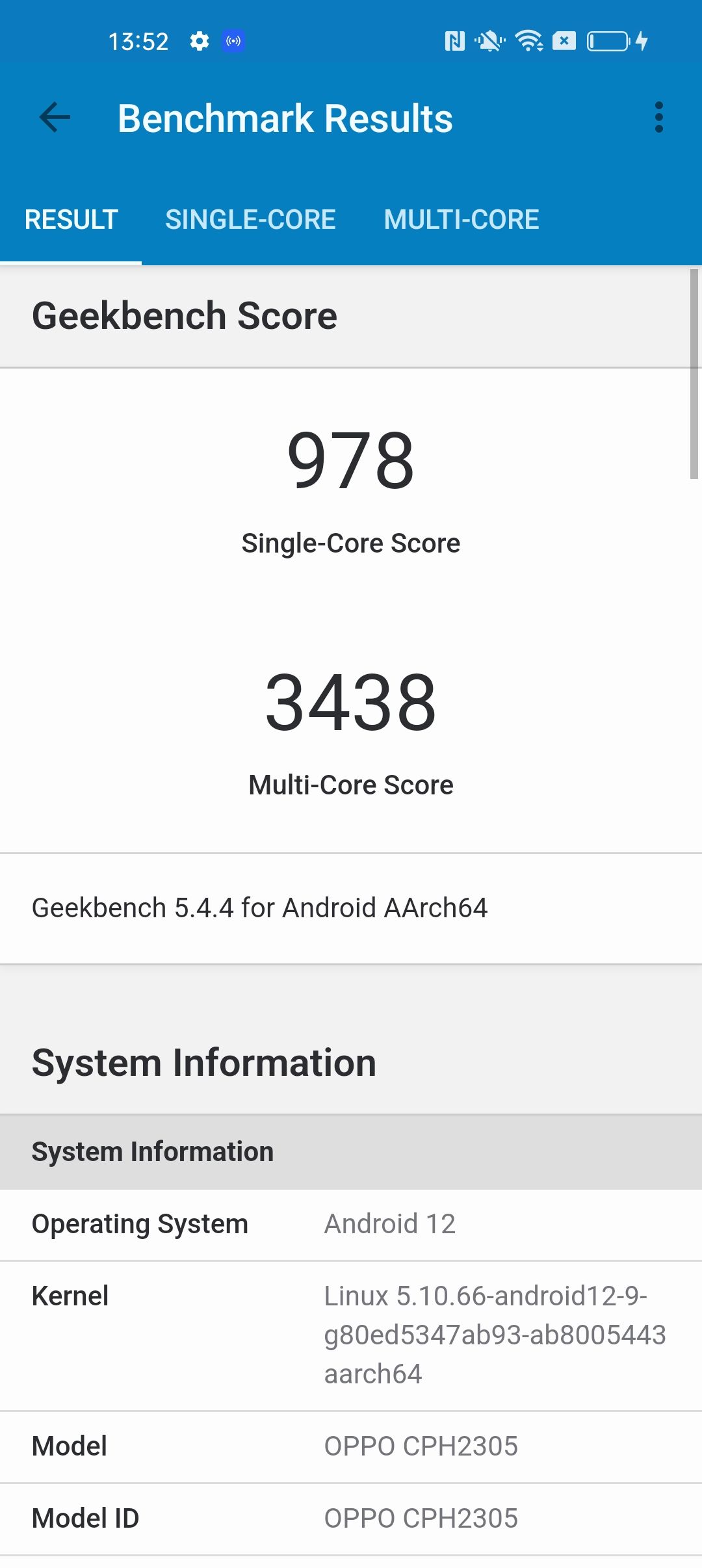
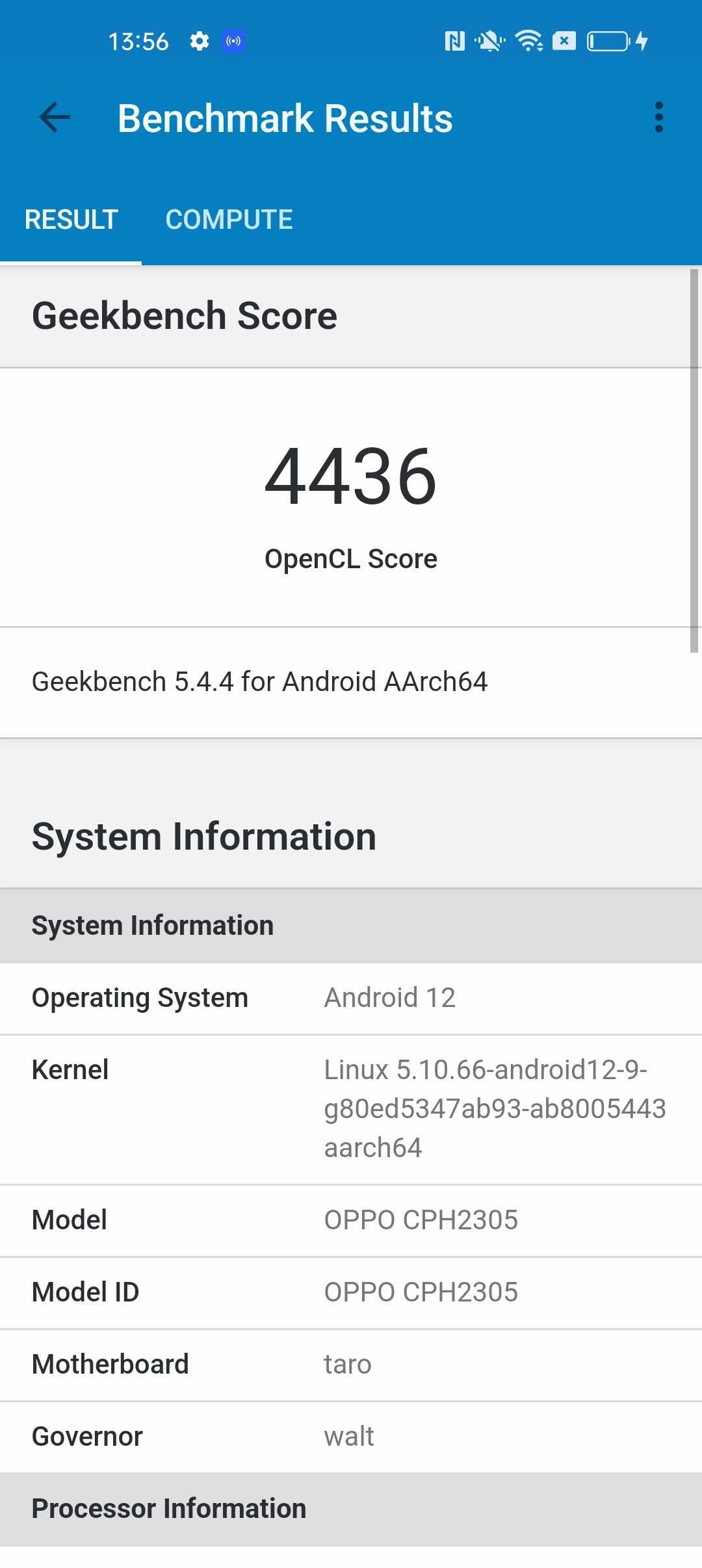
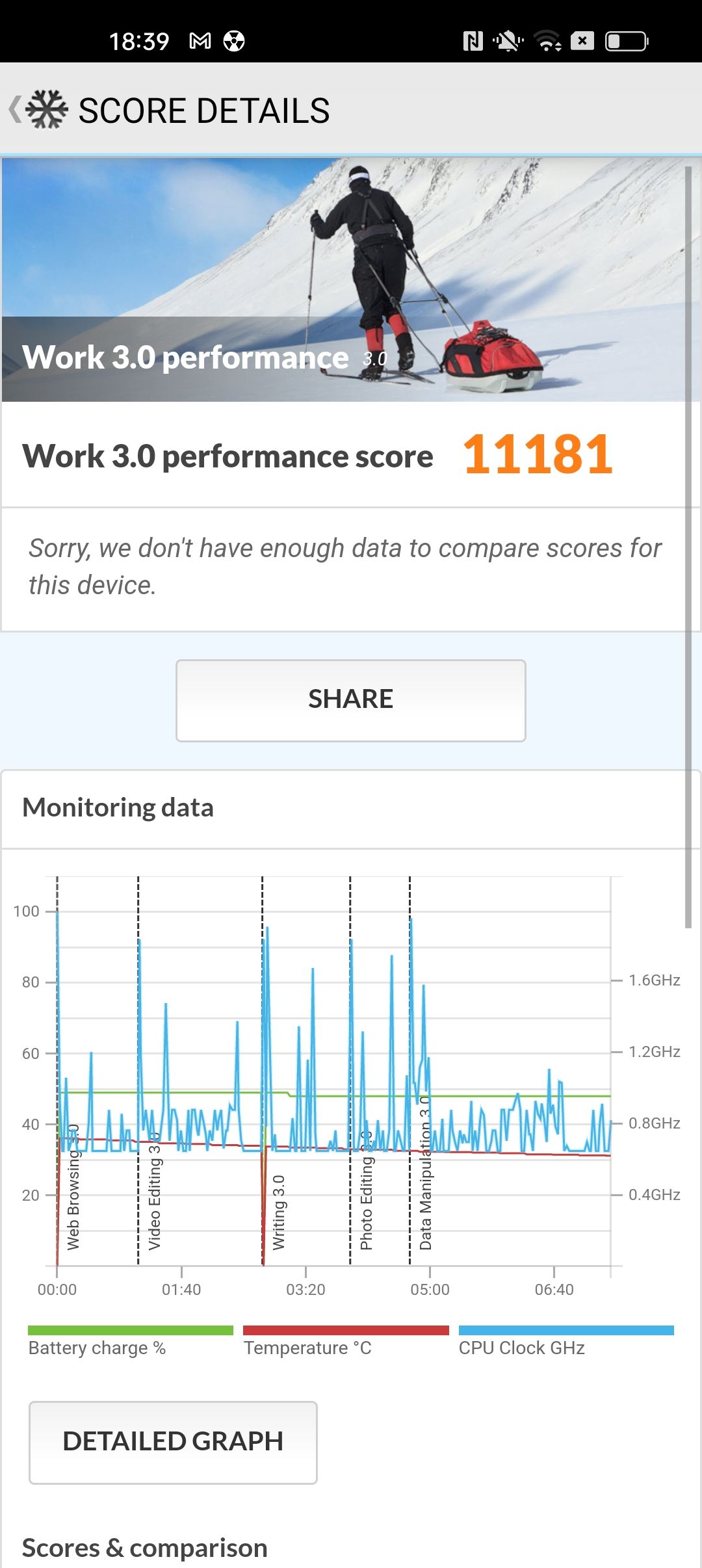
Geekbench 5 CPU (single/multicore)
- iPhone 13 Pro Max: 1724 / 4759
- Redmagic 7: 1223 / 3630
- Oppo Find X5 Pro: 978 / 3438
3DMark Wildlife (standard test)
- Redmagic 7: 10041
- Oppo Find X5 Pro: 9800
- iPhone 13 Pro Max: 9726
3DMark Wildlife Extreme Stress Testing
Since the Find X5 Pro blew through the standard tests, I moved on to the Extreme stress test, which also gave me a good opportunity to try out the Glacier Mat cooling case, which is an optional extra.
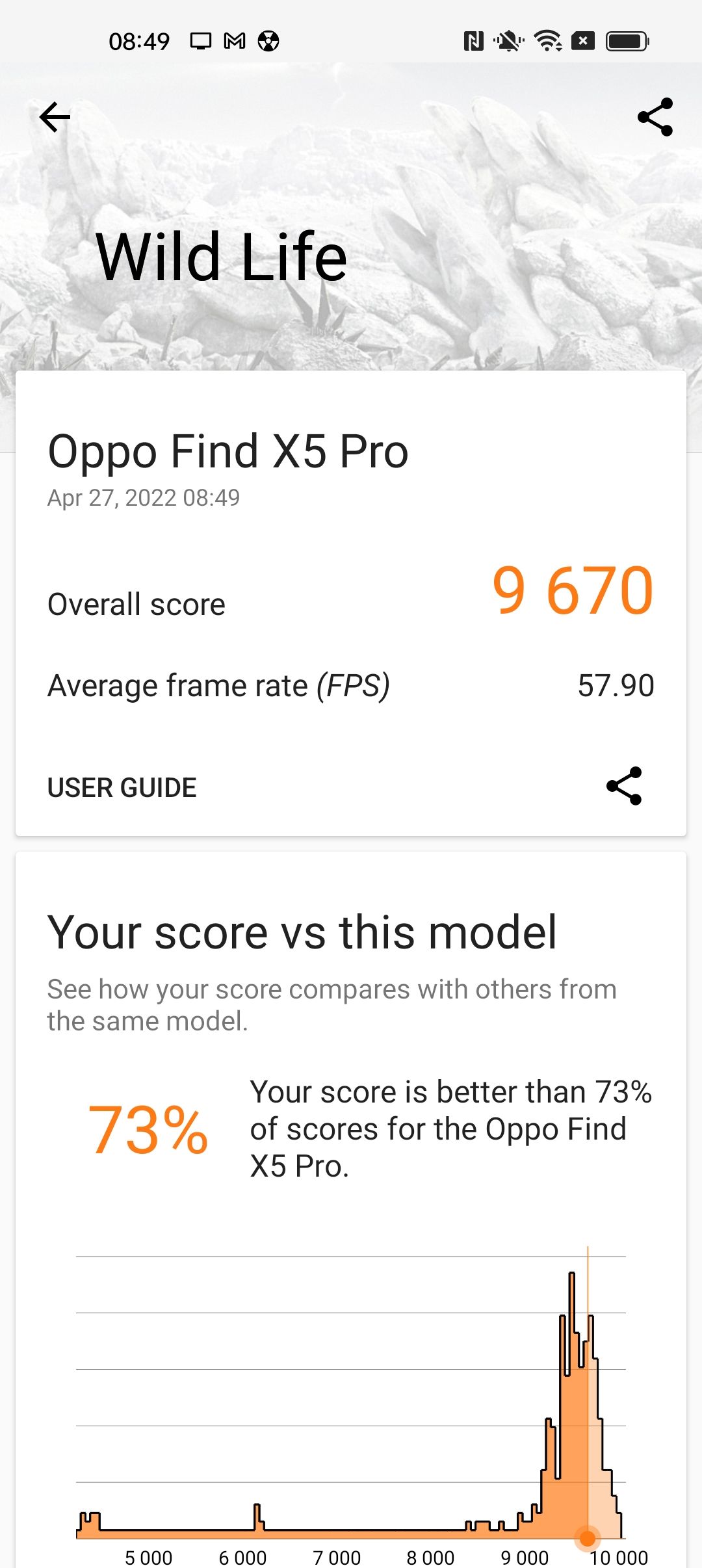
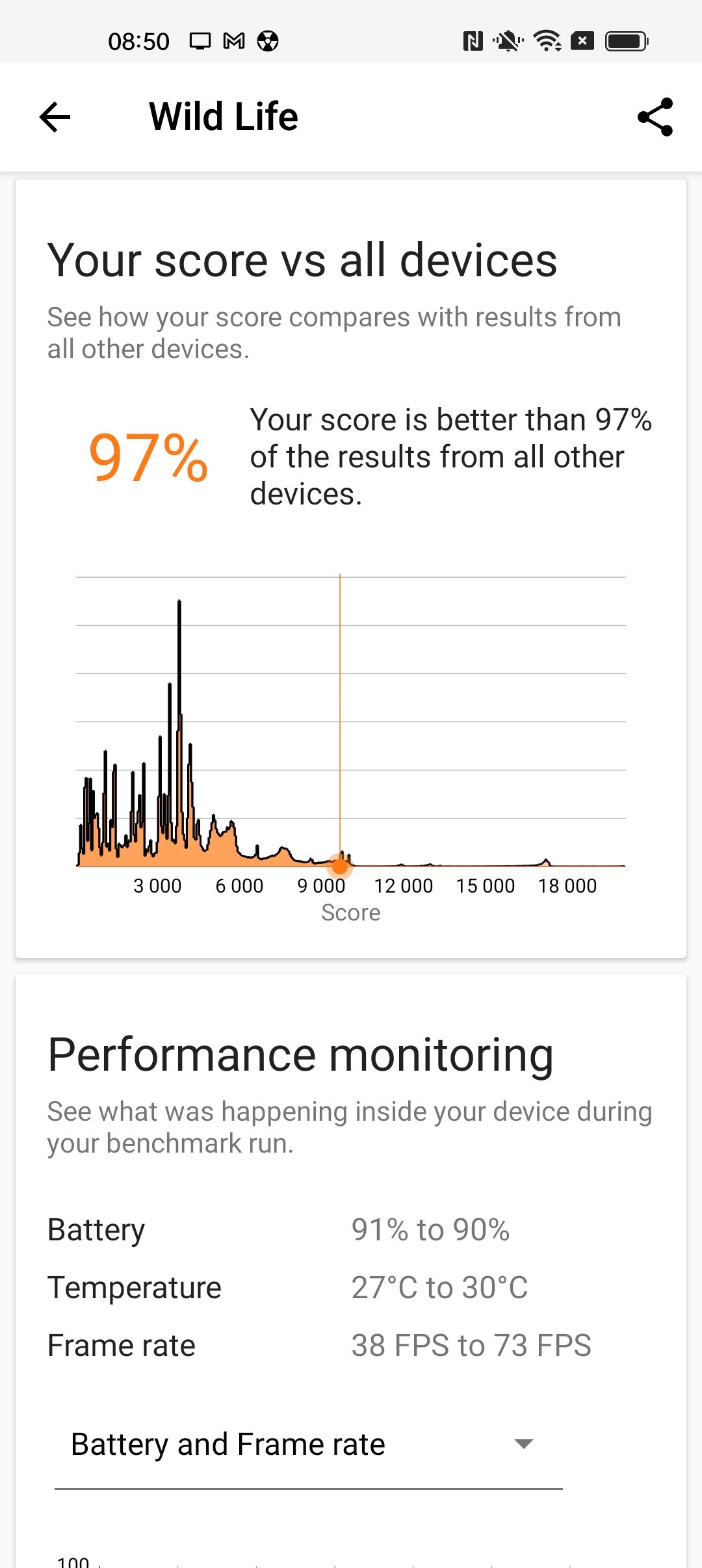
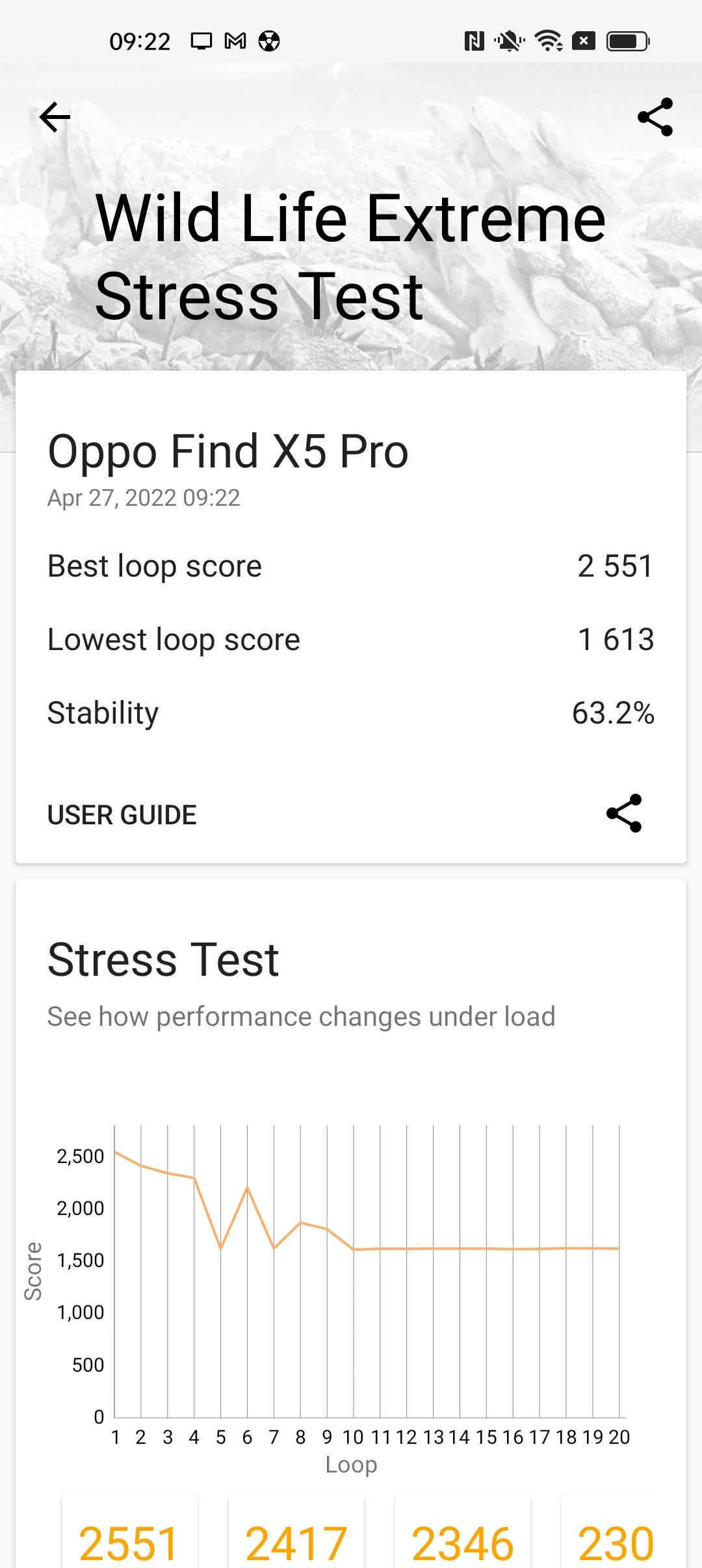
First up though, running the test with the standard case; thermal imaging showed that Find X5 Pro got noticeably hotter than the iPhone, at around 40C compared to 35C. The iPhone also seemed to manage double the frame rate consistently, though of course this isn't an apples-to-apples comparison.
Final results for the Find X5 Pro indicated scores between 2551 and 1613, with temperatures ranging from 30-42C, and frame rates from 7-18fps. Thermal throttling likely contributed to overall stability of a mere 63%. The iPhone 13 Pro Max meanwhile scored a more consistent 2527-2254, 9-25 fps, with a stability of 89% (temperature data is not reported on the iPhone version of the test).
After allowing the Find X5 Pro to cool, I fitted the Glacier Mat. This uses a cooling gel pad (which is noticeably cool to the touch) to wick away heat through a vented plastic case. Scores ranged from 2561-1617, 7-19fps, and curiously the temperature actually measured slightly higher up to 43C. My guess would be that the cooling gel is able to wick heat for a short time, but without an active fan cooling system, it saturates from the stress test and then may in fact act as an insulator compared to the standard case.
Is it worth grabbing the Glacier Mat case? It looks a lot a "cooler" than the standard included generic grey case, but it probably won't help if you're going to game extensively on something that will really tax your system. In that case, you should really look at an active cooling system, perhaps one with a gamepad built-in.
Should You Buy the Oppo Find X5 Pro?
Preinstalled bloatware issues aside, the Find X5 Pro has one of, if not—the—best rear camera systems I've seen on a phone yet, especially in low-light situations. You can get some simply stunning images and videos from this, period. But if selfies are your primary thing, the front camera doesn't quite cut it.
With a premium build quality and ludicrously fast charging, the 120Hz AMOLED screen also makes using the phone a joy. Regardless of whether you'll be gaming on it or not, you'll love the smoothness of the UI.
The only real consideration is whether you can afford to drop $1000 on a new phone at a time when the price of everything is rising, but the claimed longevity of the battery and high performance helps to justify the long-term value. If the answer is yes, and you want the best images you’ve ever seen from a smartphone, then I would highly recommend the Find X5 Pro.

